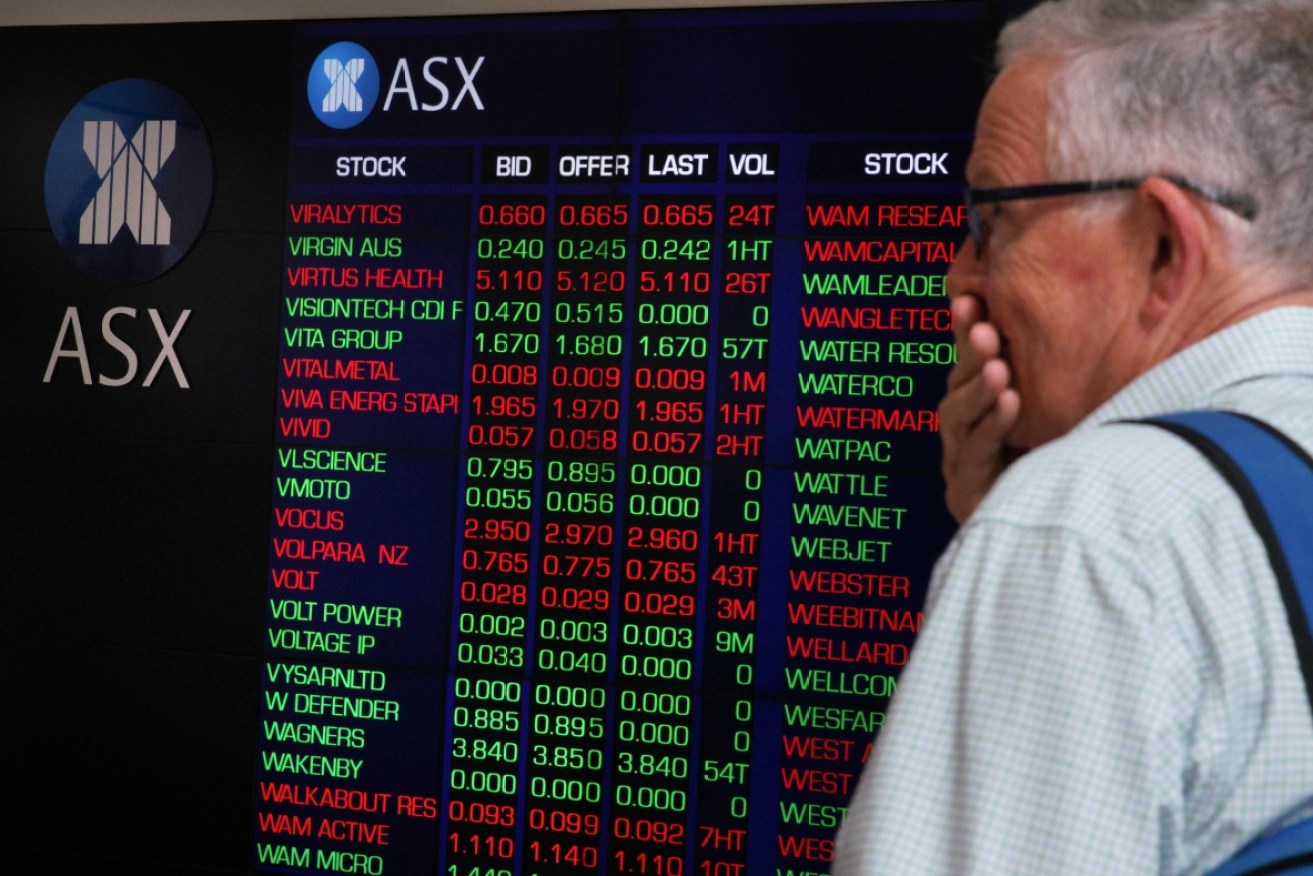Sharemarket jitters give property investors the shakes


Sharemarkets across the world fell in February, leaving investors worried. Photo: AAP
Property owners and investors might have been spooked by last week’s sharemarket jitters in Australia and overseas.
The US-led stock downturn, which came despite assurances in January of a cautiously steady outlook for the global economy, followed a week of good US economic news – employment and business optimism are up, courtesy of the Republicans’ tax cuts.
It’s no wonder many of us were confused.
In Australia and elsewhere the market’s fall has been widely labelled a “correction”. The US market is reacting to concerns about rising inflation and wage rises. So should Australian property owners and investors be nervous about where real estate prices are going in 2018?
Not particularly. The adage that investment – property or shares – is a long game, still holds true. The fundamentals underlying the property market that began 2018 still apply.
The lynchpin of Australian confidence in property investment is interest rates. On February 6, the Reserve Bank left our cash rate unchanged at 1.5 per cent, extending a 60-year record low for yet another month.
“The low level of interest rates is continuing to support the Australian economy,” RBA governor Philip Lowe said. “Further progress in reducing unemployment and having inflation return to target is expected, although this progress is likely to be gradual.”

Mortgage interest rates are at a 60-year low. Photo: Getty
The wider Australian economic outlook looks reasonably stable, too, as employment grows, gross domestic product growth is expected to pick up, and there is good investment in public infrastructure. This is true, even with slow wage growth and high household debt.
So, it’s back to “normal” then – even if normal is a more elastic term than it was back before the global financial crisis.
What we do know is that the year still looks to be relatively steady; house prices in Brisbane, Adelaide and Hobart have some room to rise, Melbourne has peaked, Sydney and Canberra are retreating from their summit, and prices have bottomed out in Darwin and Perth.
Prices for units are considered to have peaked in Melbourne and be declining in Sydney, Canberra, Brisbane and Perth. They have reached the bottom in Adelaide and Darwin.
Tom Lawless, the research director at property analyst Core Logic, says the national combined dwellings index fell 0.3 per cent in January, taking dwelling values to 0.7 per cent down from their peak in September 2017.
“Dwelling value falls were most evident across the capital city regions, with the combined capitals index down half a per cent over the month,” he said.
There was better news for regional areas – where values edged up nationally by 0.2 per cent in January.
“The combined regional markets have now recorded a stronger monthly change in values relative to the combined capital cities over each of the past four months,” Lawless said.

The 2018 outlook for capital city markets, including Sydney, is less than rosy. Photo: AAP
Real estate agent reports back up that data, suggesting there will be pockets of positive news – and regional centres such as Ballarat (Victoria), the Gold and Sunshine Coasts (Queensland), Albury, Tamworth and Lismore (NSW) and Launceston (Tasmania) are tipped for more growth in unit and house prices.
But the continued slump in foreign investment will put a lid on the market for high-rise units in the big cities, where they are concentrated.
The sharemarket might have more wobbles this year (there’s nothing unusual in that), but it’s simple to mitigate that: make sure you’re not overexposed to the market and have a spread of investments in property and shares (or through your super).
Of course, there’s something else that real estate owners are always assured by: you can see, touch, smell, renovate and rent property, and that’s something you can’t do with shares.








